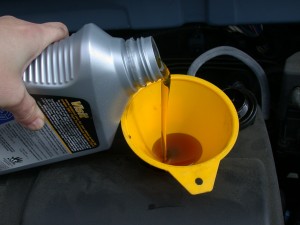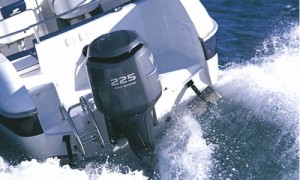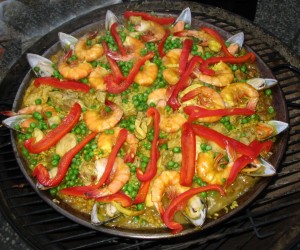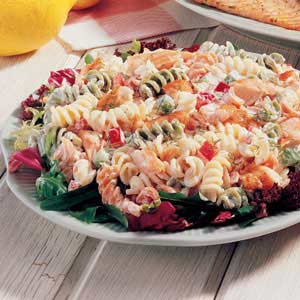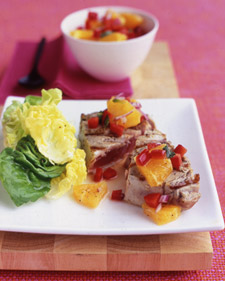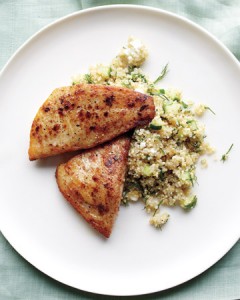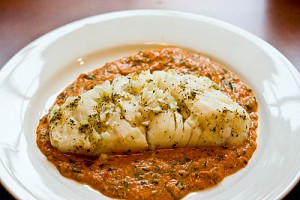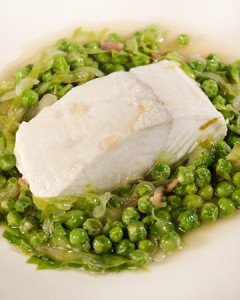Getting the Best Mileage, Part I
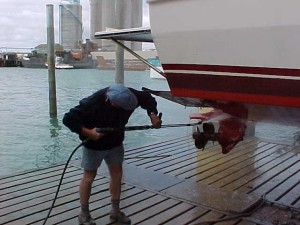 Let’s face it: boating is an expensive hobby and rising fuel costs don’t help. Here are a few tips to keep more cash in your pocket by getting the best mileage. Before you start any new routines, take an accurate gauge of how much fuel you use, specifically gallons per hour. Some boats come with a gauge that will tell you this amount, but if not you can keep track by calculating miles traveled divided by fuel used (this number may not be as accurate, but it gives you a starting point).
Let’s face it: boating is an expensive hobby and rising fuel costs don’t help. Here are a few tips to keep more cash in your pocket by getting the best mileage. Before you start any new routines, take an accurate gauge of how much fuel you use, specifically gallons per hour. Some boats come with a gauge that will tell you this amount, but if not you can keep track by calculating miles traveled divided by fuel used (this number may not be as accurate, but it gives you a starting point).
Next you will want to inspect all of your plugs. If they’re full of gunk, clean them. If they’re cracked or leaking, replace them. This will save you money in the long run. You also don’t want to skimp on engine oil; go for the best outboard motor oil you can find at a discount, as engine problems tend to be the most expensive boat repairs you can be plagued with.





